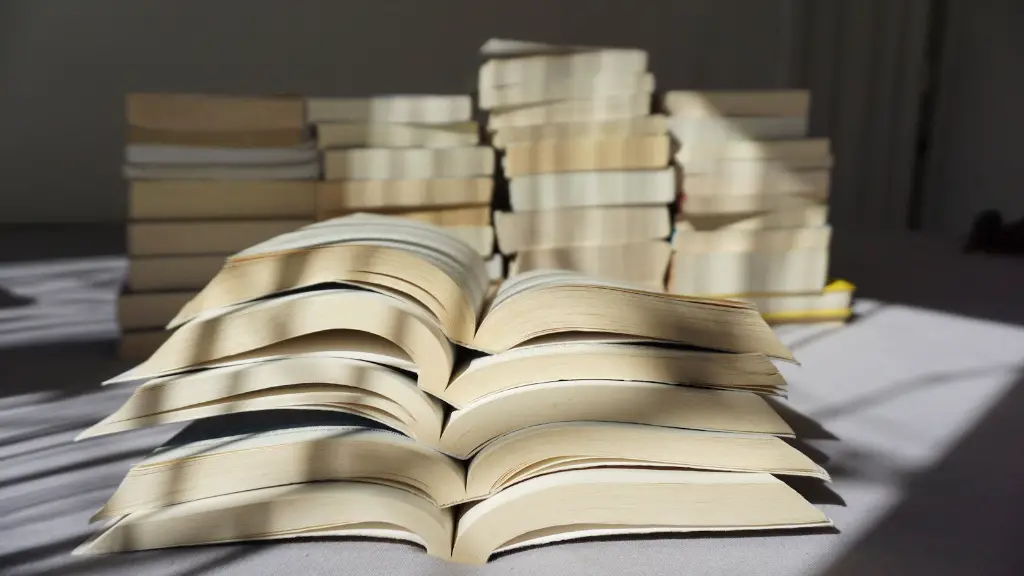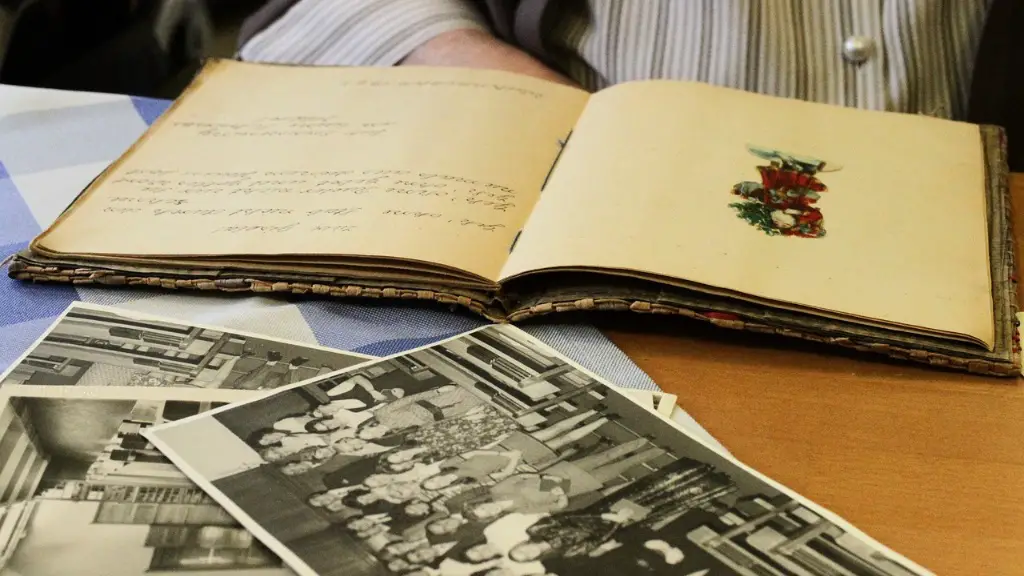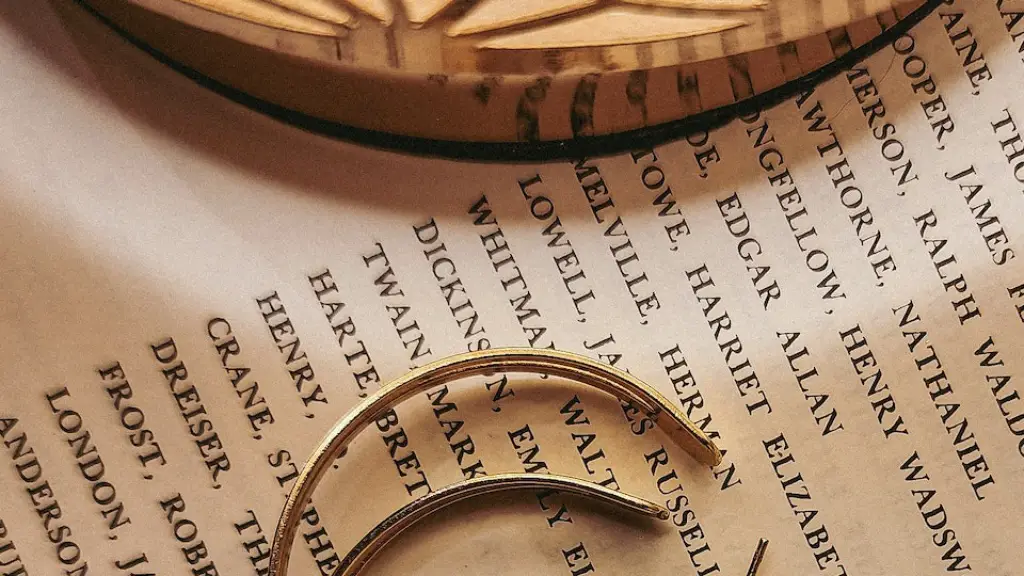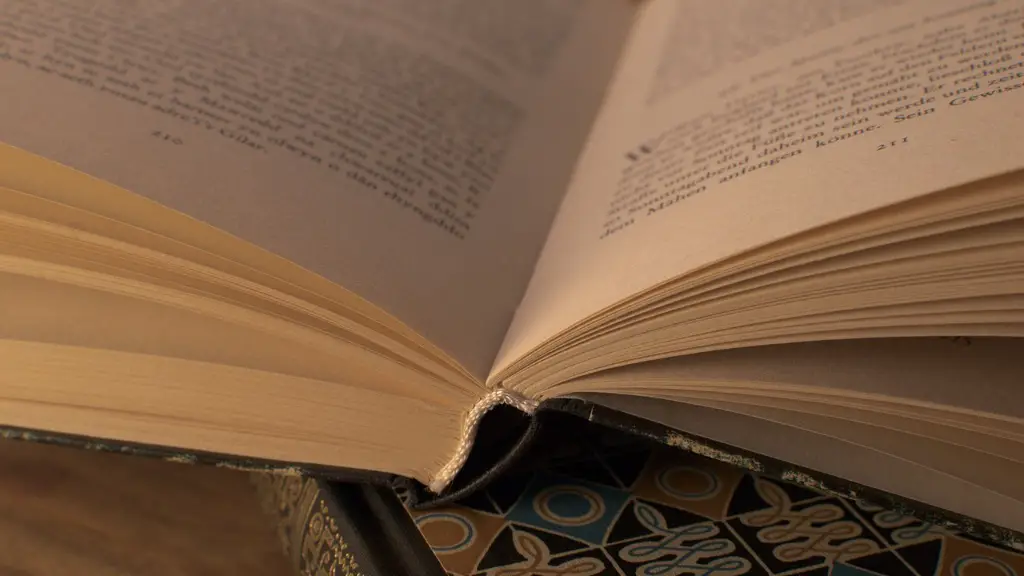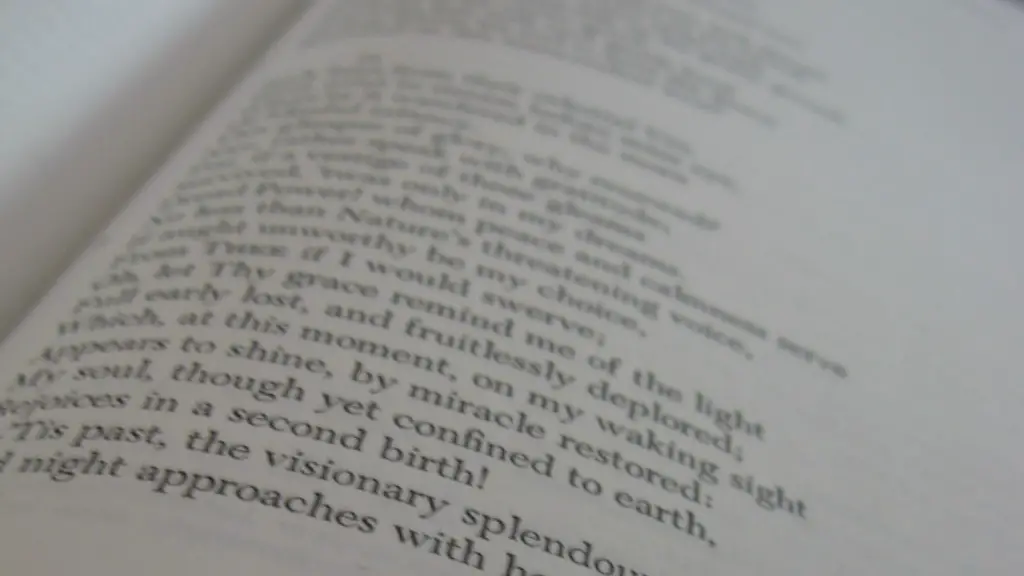How to analyse unseen poetry
In the world of literature, poetry has long been an important genre. Many great poets have produced timeless works that have endured for centuries, and studying the form has been an integral part of every student’s education. But when tackling an unseen poem, it can be tricky to know how to go about analysis. It can be seen as a daunting task, but with the right preparation and approach, any poem can be subject to a thorough and insightful analysis.
Firstly, read the poem and note down any important details. Pay particular attention to the language used, as this can have great significance, as well as any rhymes or repeating words and phrases. Jot down any words or phrases that stand out or anything that raises questions – all of these will form the basis of your analysis.
When approaching an unseen poem, there are a few key questions to consider. Firstly, what is the poem about? Does it tell a story? Is it about a personal event or experience? What is the tone and does this change throughout? Does it focus on one particular issue or is it a longer exploration? These all must be taken into account when carrying out a full analysis.
The structure of the poem is also essential to consider. Does it follow a specific form? If there is a particular structure, how does this compare to the content of the poem? Does the structure add an additional layer of meaning? When looking at the structure and form, examine any alliteration, rhythm, rhyme and repetition. Taking account all these factors can help build an insightful analysis of the poem as a whole.
In order to fully analyse a poem, look deeper into the language used. Pay attention to any unusual use of language or the connotations of particular words. Does the poem use any metaphors or similes? Are there any symbols or imagery used? Consider what effect these have on understanding the poem and purpose of the message.
Finally, consider the title. Does it give any insight into the poem? Does it carry any particular significance? It is also important to think about the poet and the historical context of the poem. Understanding the thoughts and motivations behind the poem can really help to provide a more meaningful interpretation.
Analytical Issues
Analysing poetry can help bring to light many noteworthy issues. Every poem has something to say and tackling an unseen poem can help to establish what kind of themes and topics the poem is discussing. This can include political, social, and cultural issues, as well as more personal matters such as love, loss, and identity.
When exploring these issues, consider the viewpoint and attitude of the poem. Does the poem express a particular opinion or sentiment? How does the language and structure used help to convey any meaning? They way in which the poem expresses these opinions helps to give the reader a greater insight into the thoughts and motivations of the poet, as well as critical themes in the wider society at the time.
As well as addressing political and social issues, looking at an unseen poem can provide insight into wider literary movements. Does the poem fit into a certain style or genre of poetry? This could range from Romanticism to Modernism and help to understand why the poem has been written in a certain way. Researching what kind of poetry the poem belongs to can provide further evidence and context to come to a more rounded conclusion.
In addition, think of the meaning of the poem on both a literal and symbolic level. Does the poem have any surface level meaning, or any underlying symbolism? Exploring what the poem is saying on a tangible level provides an understanding of the poem in its own right, but looking deeper provides a broader perspective on the overall context and themes behind the poem.
Conclusion
When analysing an unseen poem, there a range of elements to take into account. From its structure and form, to the language and themes explored. Delving into an unseen poem can be a complicated process, but taking the time to delve deeper can provide invaluable insights into the surrounding culture and era, as well as the poet’s individual motivations.
Messages
The message of a poem is an important component of its analysis. In order to discover what kind of message the poem is conveying, the reader needs to consider a range of elements. These can include the language used and the structure of the poem, as well as any underlying allusions or symbols. By understanding the way in which the message is communicated, the reader can get a greater understanding of what the poet is attempting to say and the wider context in which the poem is written.
The poem’s tone is also important to consider. Does it seem detached or has a particular emotion been expressed? Is the message particularly direct or more obscure? Paying attention to the tone of the poem helps to uncover other hidden messages, allowing a reader to draw more meaningful conclusions from it.
In addition, the reader should think about the implications of the poem’s message. What is the poet’s purpose? What conclusions can be drawn from the issues and topics explored? Taking these issues into account can provide further evidence to support an insightful analysis of the poem as a whole.
Context
When analysing a poem, it is important to consider the context in which it was written. The reader must take into account the poet and their background, as well as the wider political and social landscape of the era. Drawing on all of these perspectives allows a reader to come to a more rounded analysis of the poem.
Examining the poet helps to give a greater understanding of the poetry. Did the poet come from a certain background or write within a certain tradition? Did they have any strong beliefs or observations? Careful consideration of the poet can provide further evidence to support an in-depth analysis of the poem.
Similarly, it is important to consider the historical context of the poem. Did the poem emerge from a particular literary period? What were the key issues and themes of the time? How does the poem compare to other works of the era? By looking at the historical and literary context of the poem, the reader can gain further insight into the poet’s motivations and the underlying significance of the poem.
Interpretation
While analysing an unseen poem, it is important to develop your own interpretation of it. This can include looking at the poem from an individual perspective in order to come to your own conclusions. Applying your own feelings and interpretations of the poem can help you to form a unique analysis that isn’t wholly dependent on the findings of others.
To come to these conclusions, it is important to think openly and unconventionally. Form your own theories and be prepared to put forward original ideas. Back them up with evidence and explore the various possibilities that could explain the poem’s message. By thinking laterally and exploring unfamiliar ideas, the reader can form a unique and insightful analysis of the poem.
Finally, don’t be afraid to make mistakes. Poetry is a tricky art form and sometimes it isn’t easy to understand what the poet is trying to say. Remember that no one is expecting a perfect interpretation – it is the process of exploring and thinking about the poem that is important. Similarly, questioning what’s been said before and looking at it with a fresh perspective can often help to bring to light aspects of the poem that have previously been overlooked.
Legacies
Studying and analysing poetry can help to understand its subsequent legacies. Often poems are remembered for the messages and insights that they provide, and analysing them can help to uncover this. Examined from its own particular period, a poem can provide a valuable reflection of the sentiment of the time.
For example, poem from the Romantic period often reflect a desire for escape and a yearning for a simpler life, whereas those from the Modernist period can be seen as more pessimistic and world-weary. Interpreting these legacies for their original context allows a reader to gain a more rounded understanding of the wider culture and idea that the poem is encapsulating.
In addition, considering a poem’s legacy can help to identify its lasting messages. Examining what the poem is saying in a historical context can reveal something more universal and applicable to wider situations. Thinking beyond the scope of the poem’s era and culture helps to draw attention to its longevity and application, and allows the reader to think of new ways to understand the message of the poem.
Studying the legacy of a poem can also help to understand the impact of the poet, and of poetry as a whole. Looking at what an individual poem has inspired helps to establish the status and impact of the poet, as well has how their works have helped to shape the directions of literature as a whole.
